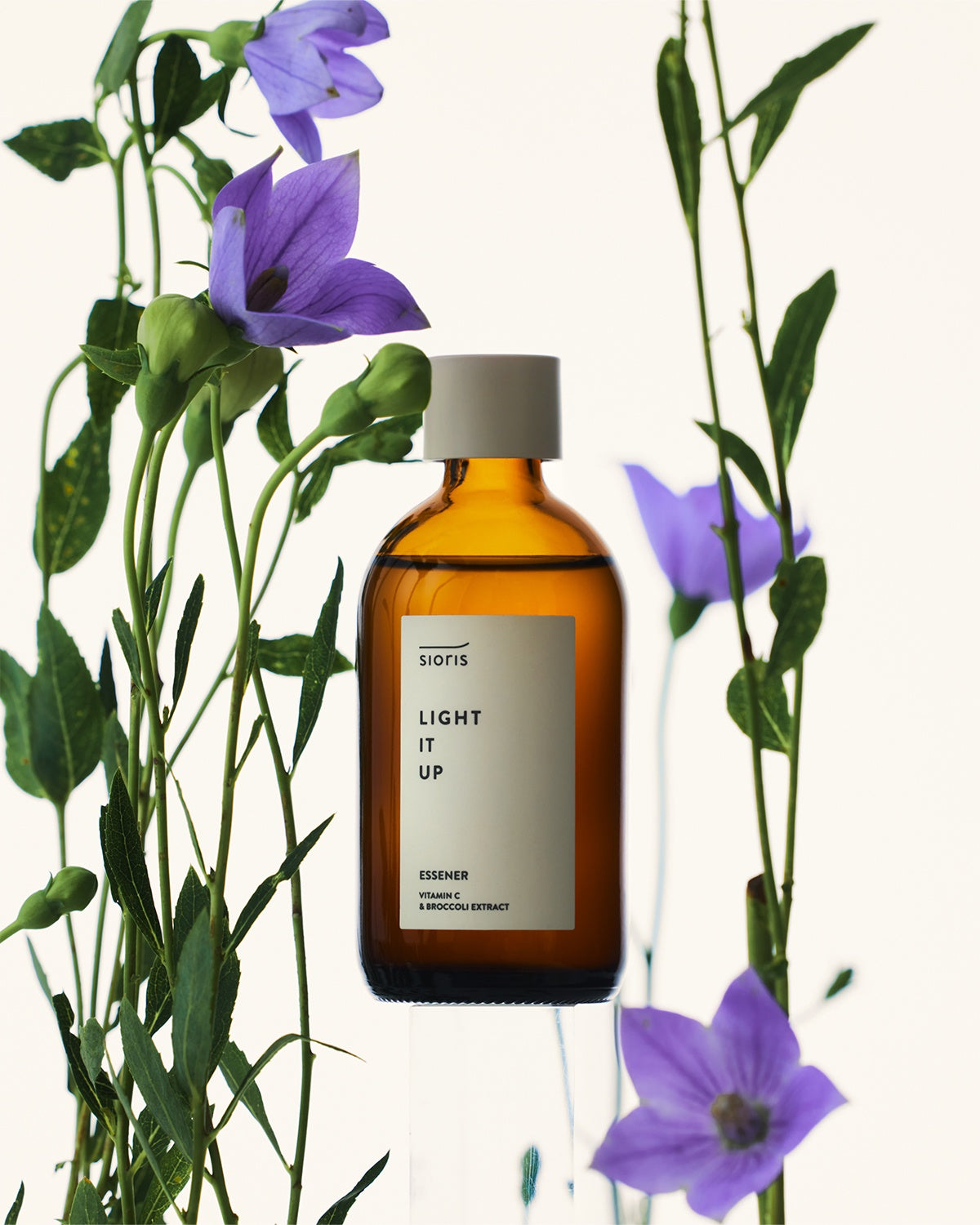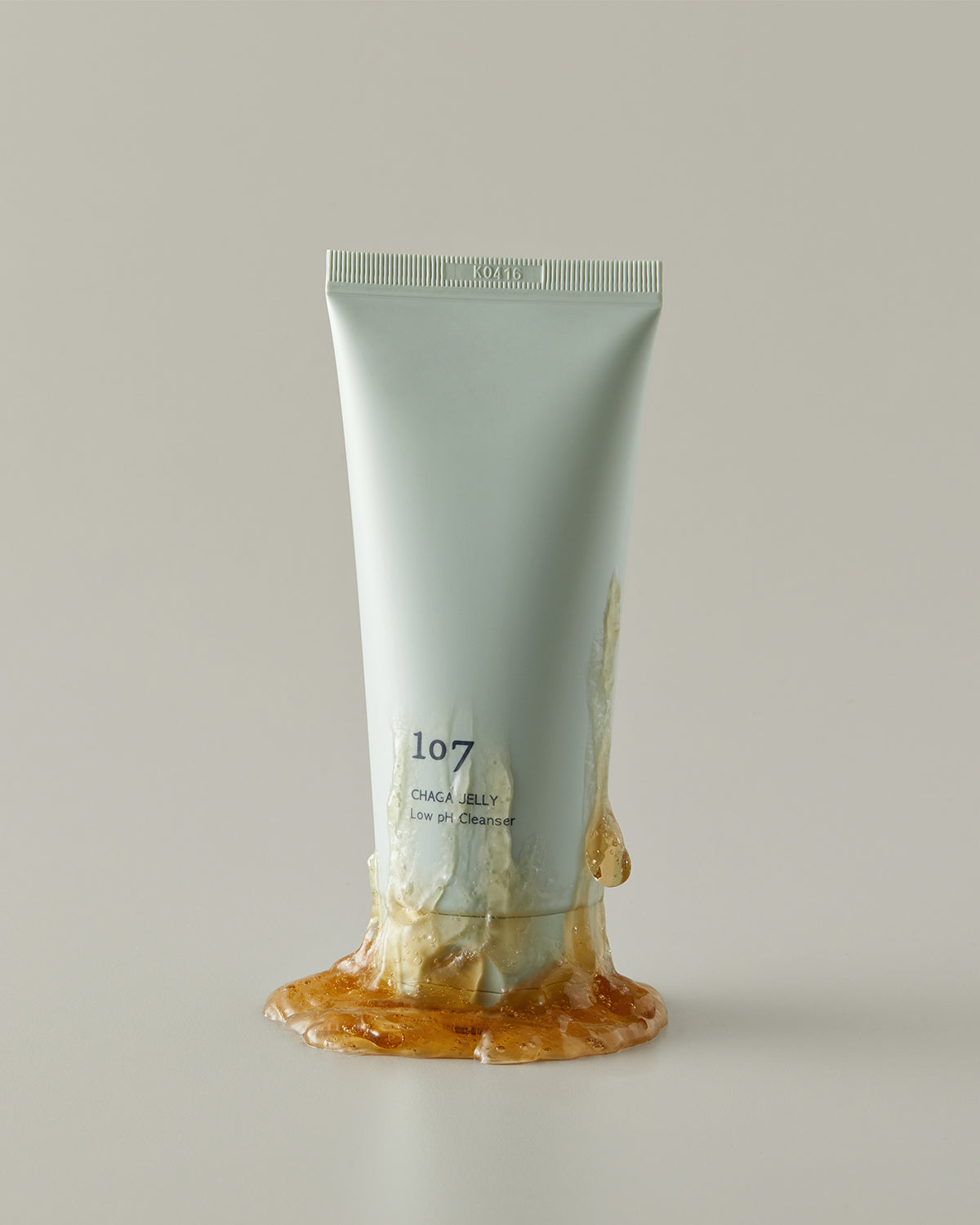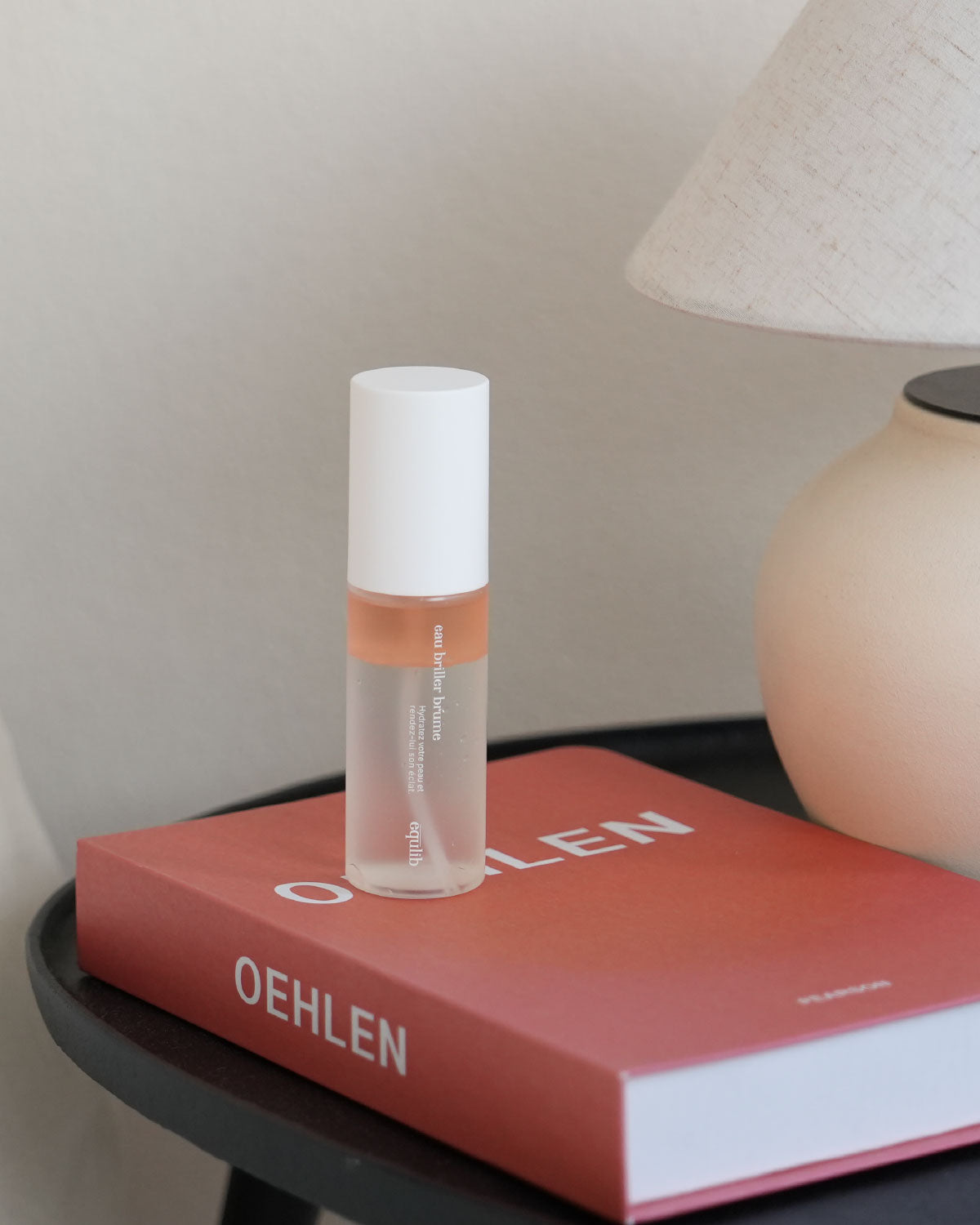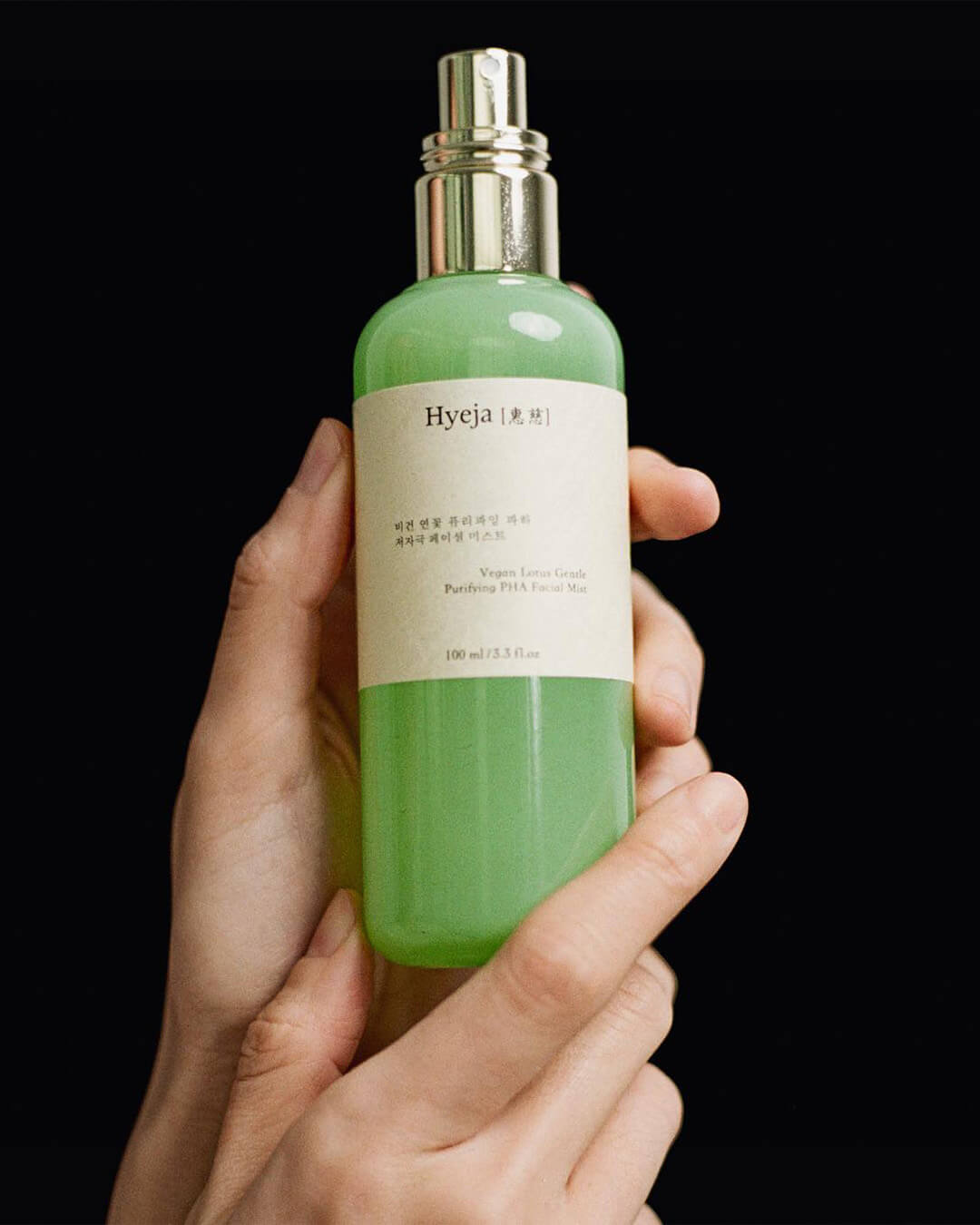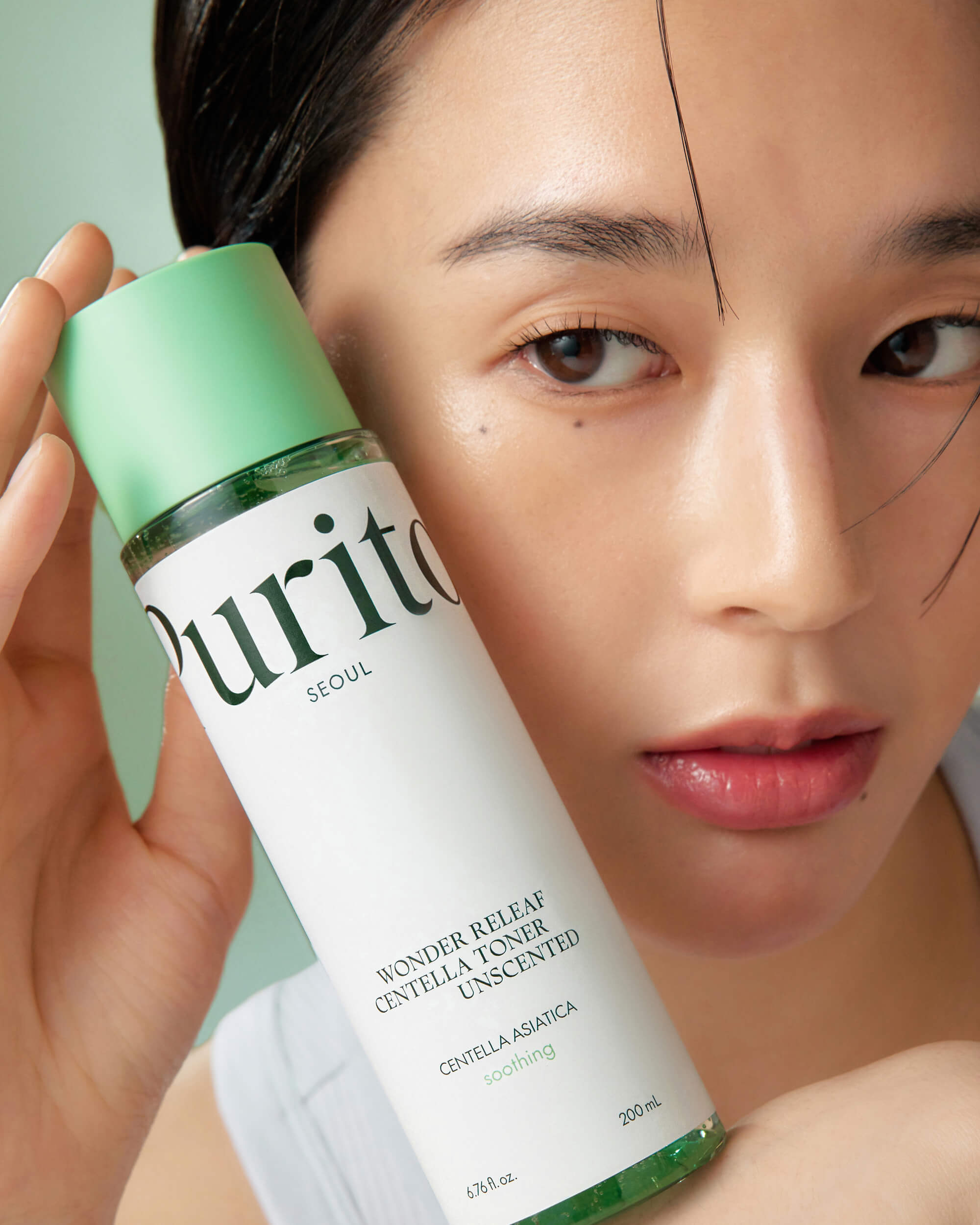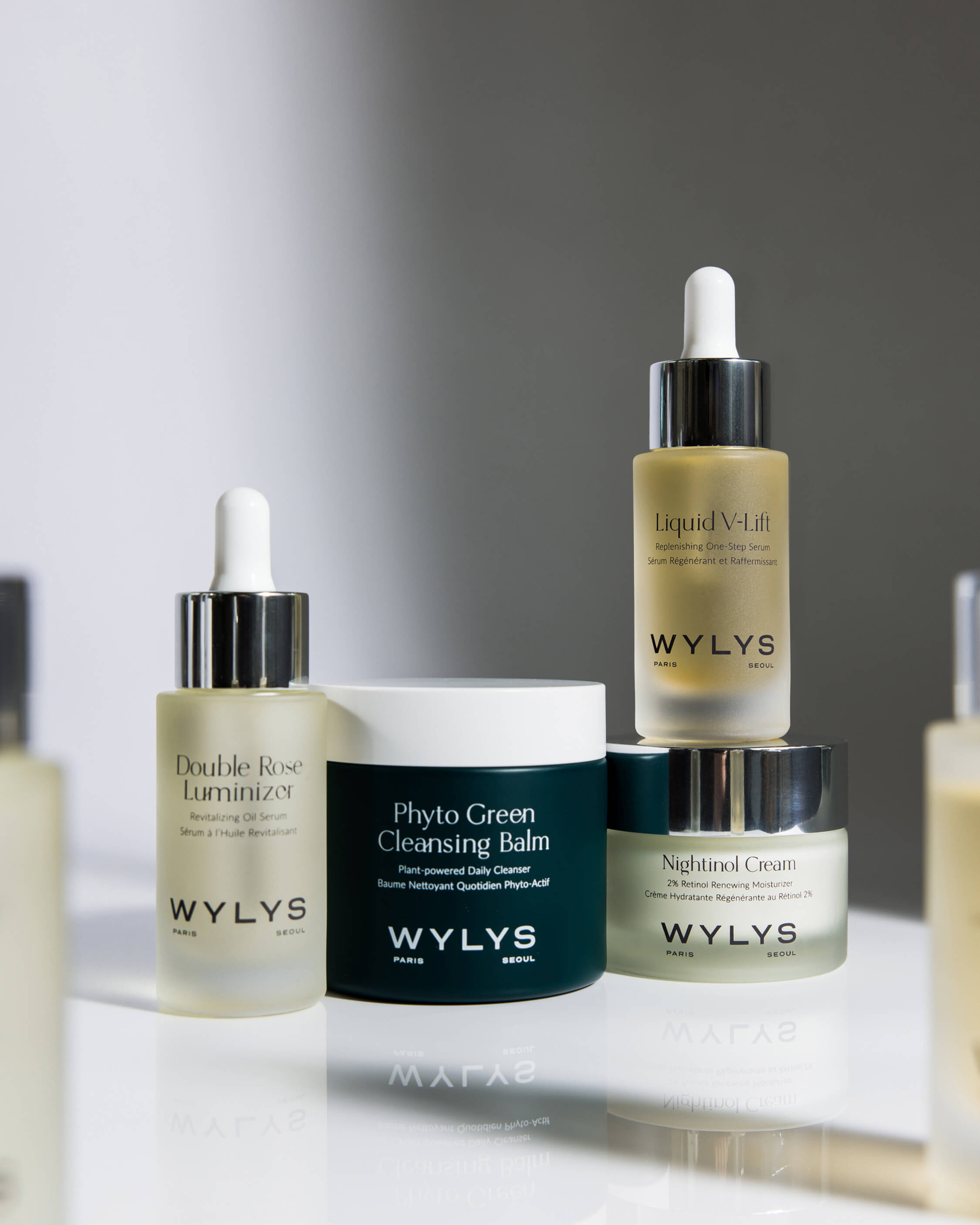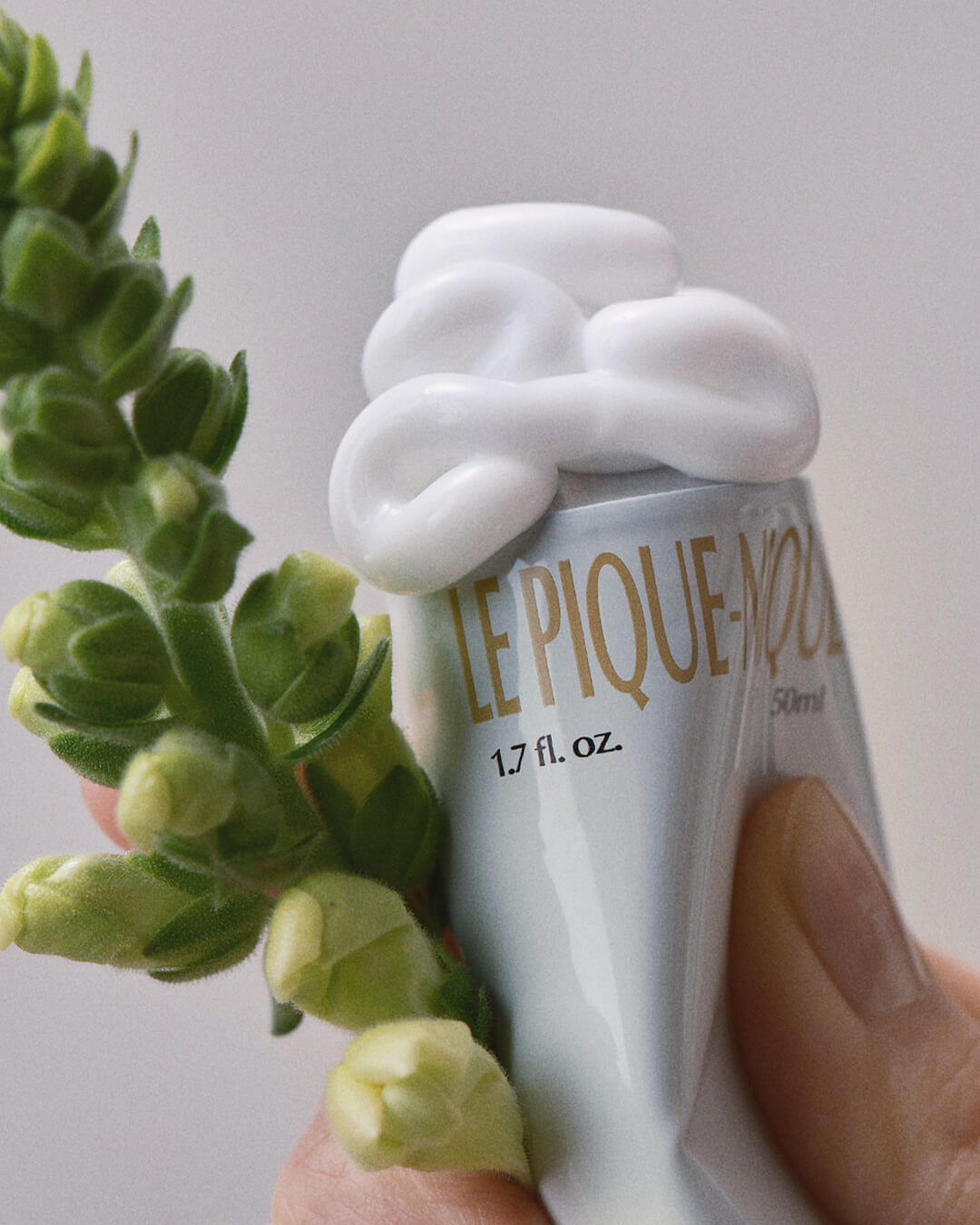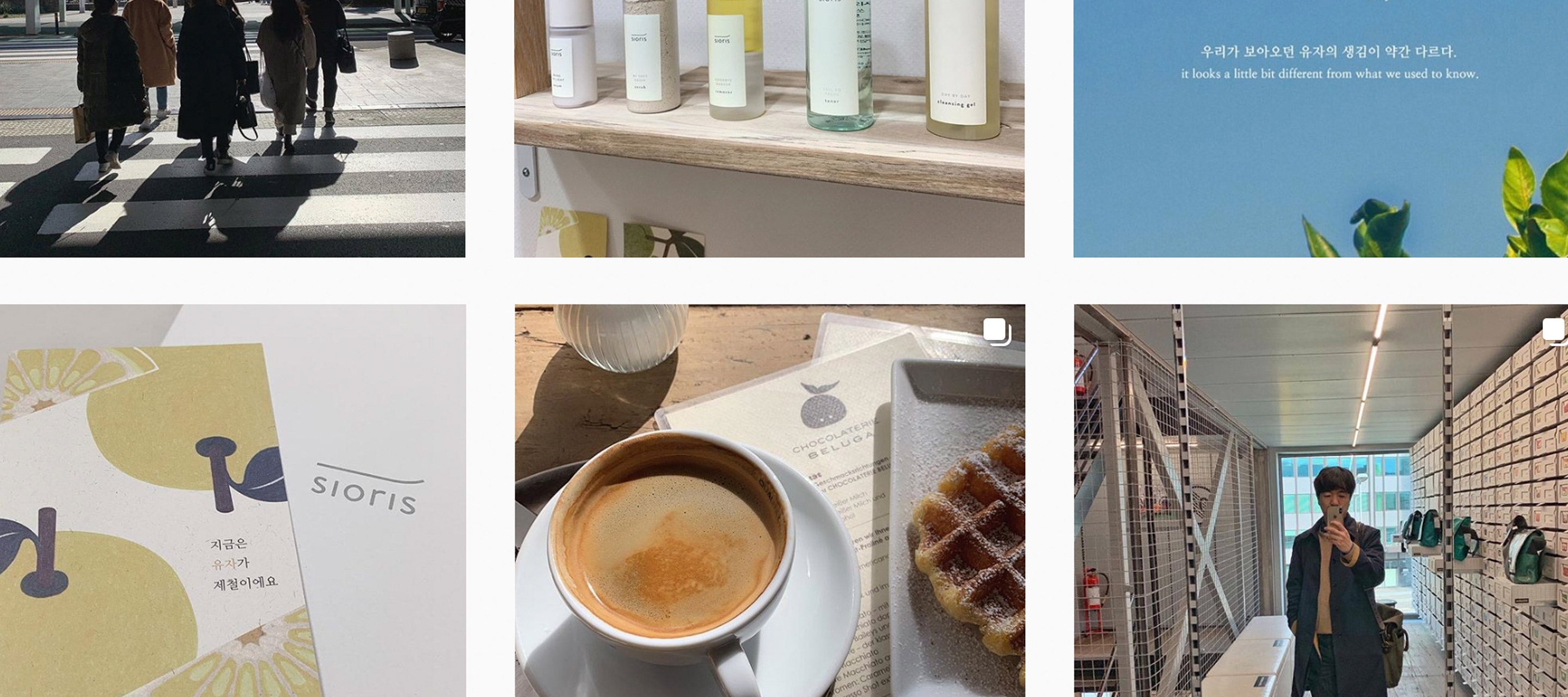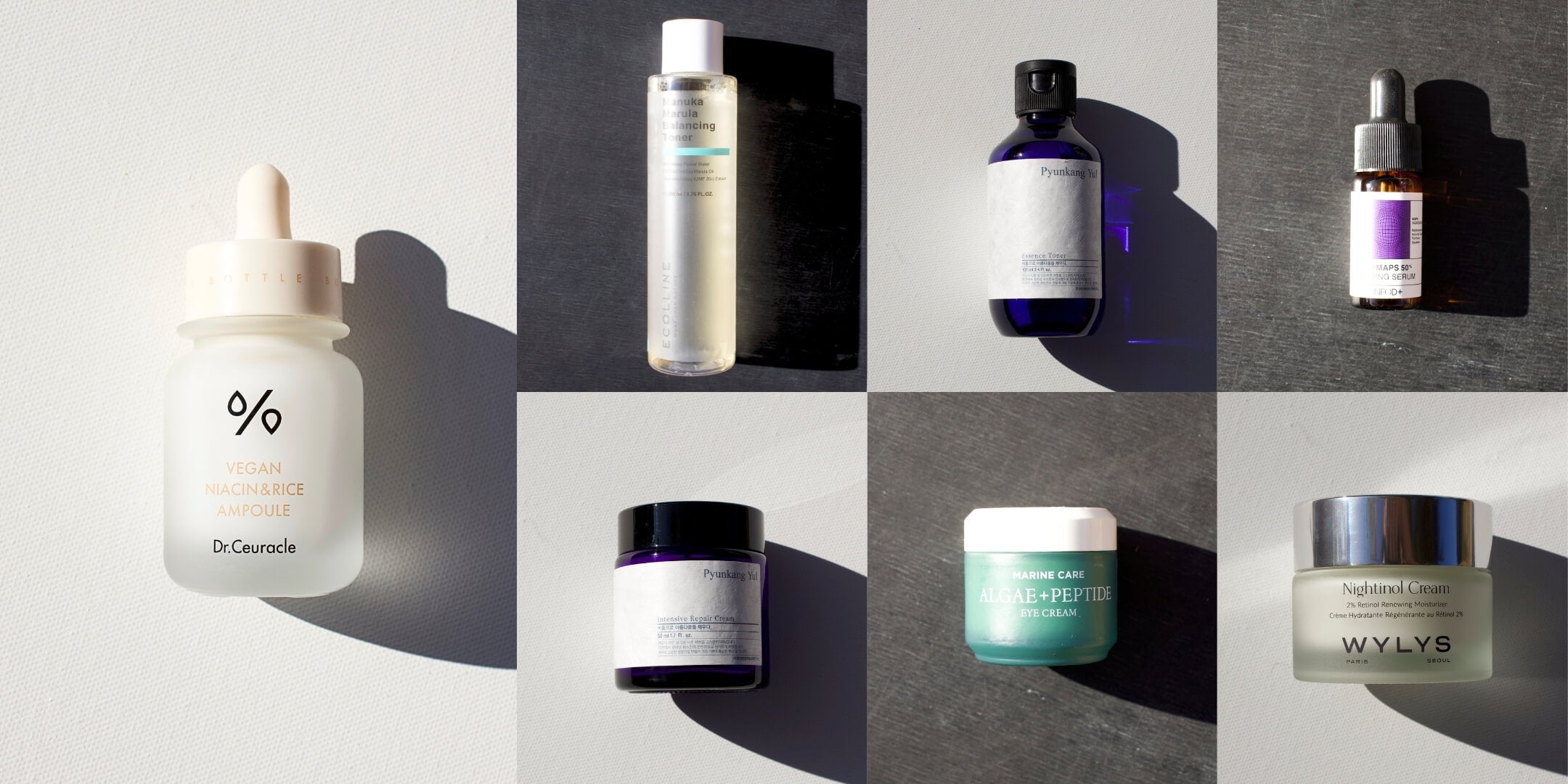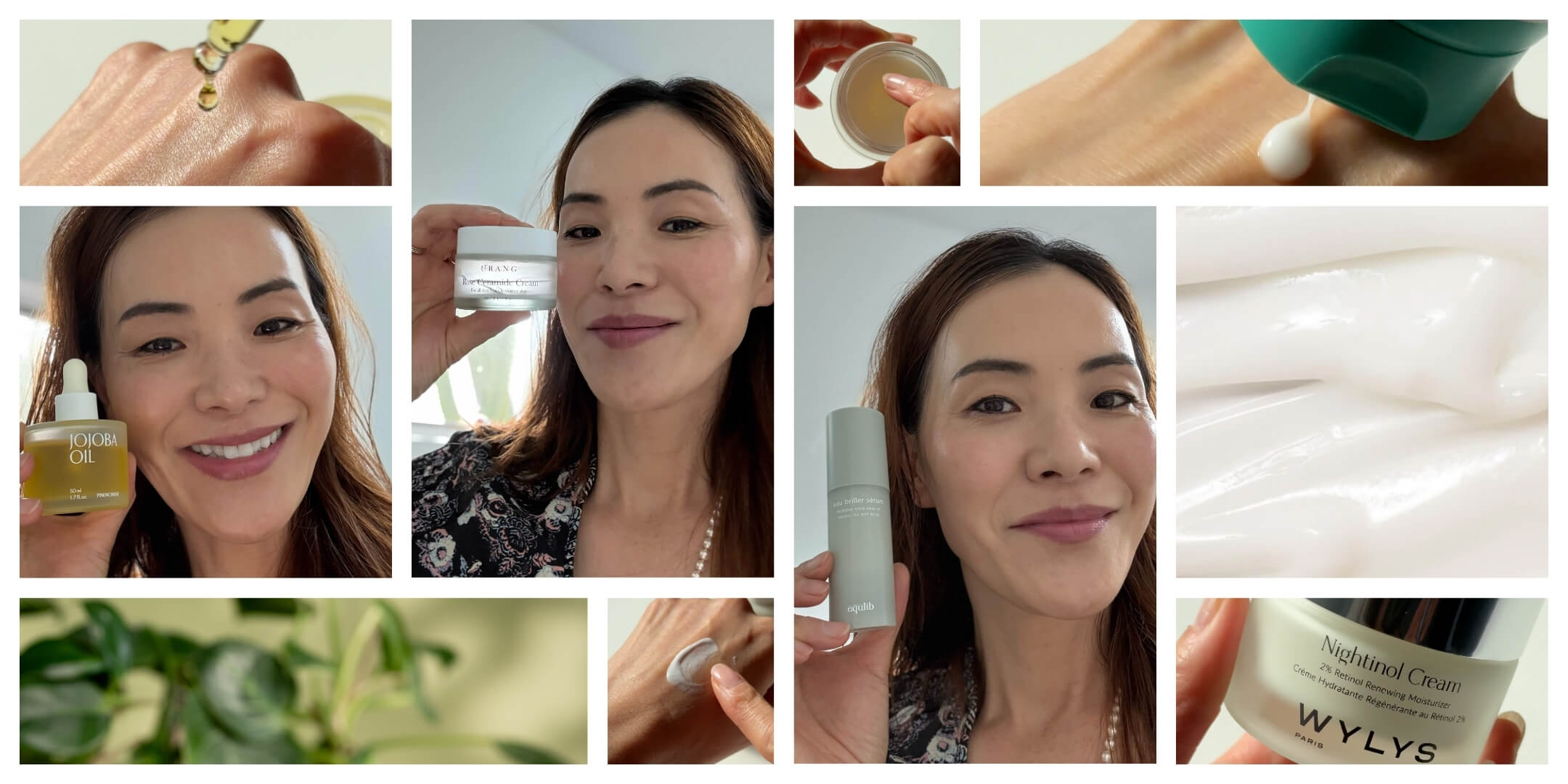“Best by” dates are the norm with food. We spot the fruits and veggies going bad or notice the “off” smell in a carton of milk. But when it comes to skincare -- those products our skin consumes when we slather them on -- it’s easy to forget that they expire too. Over time, their effectiveness decreases and, even worse, they can transmit bacteria (causing breakouts) to our skin after repeated use.
While the majority of skincare products are formulated with long shelf lives, it’s helpful to do a clean sweep every spring to ensure that nothing gets left behind. Your wallet will be happier too. Who likes throwing away wasted purchases?
Here’s our advice for a spring beauty cabinet deep clean:
1. Proper storage.
Darling jars, glass bottles, and pretty labels...yes, please. Skincare products often look gorgeous on display, but keeping them out in the open -- especially in a bathroom -- isn’t the best place for most.
 Photo by Kelly Sikkema on Unsplash
Photo by Kelly Sikkema on Unsplash
Exposure to heat, humidity and sunlight can shorten shelf life, especially sensitive ingredients like vitamins C and E, retinol and glycolic acid, so storing them inside a cabinet, on a vanity or inside a drawer is preferred.
Tip: Don’t keep SPF in your hot car, either. High heat can compromise the active ingredients, lessening their efficacy.
2. Be label wise.
There are expiration dates, manufacture dates and also period after open (PAO) dates. It can get confusing to know the difference, and often all three don’t appear on every skincare product. The easiest to look for is the PAO date, which can be on the product itself, but is most likely on the box, indicated by an open jar icon and a number next to an “M.” That’s the amount of months to use a product after opening it.
 Photo by Kelly Sikkema on Unsplash
Photo by Kelly Sikkema on Unsplash
For Korean skincare products, most are marked with a date of production. You can check the characters in front of the dates to be sure:
제조 = Manufactured date
까지 = Open-by date
A good rule of thumb for clean products (containing all-natural or organic ingredients) is to use within 6-8M. For all other skincare products, use within 12M. As you come across open products and are deciding whether to toss them or keep using, consider how long it’s been opened -- and thus exposed to air, bacteria and other elements.
Tip: To help keep track, get in the habit of writing the open date on every new product you start using.
3. Be ingredient wise.
Certain products lose their potency faster than others, in particular ones without added preservatives or chemical stabilizers. The only skincare products required by the FDA to have an expiration date on them are sunscreens and acne products, those containing benzoyl peroxide or salicylic acid. Acids can become stronger over time, so it’s important to toss anything that is past its printed expiration date, when it has one.
Toss anything that you’ve noticed the color has changed, oils have separated, or in which there’s mold (That’s a given!). Though packaged sheet masks are typically good for 1-2 years after their manufacture date, pay particular attention to anti-aging and brightening ones where active ingredients may have broken down to produce irritating by-products. Again, acids like glycolic and fruit exfoliants are the ones to watch for.
 Photo by Brooke Lark on Unsplash
Photo by Brooke Lark on Unsplash
With makeup, powders tend to last longer (2-3 years) than creams and liquids (6-12M). Mascara is notorious for harboring bacteria; always be sure to replace yours after 3-6M (sooner if you’ve been sick or had an eye infection), and never add water to rehydrate it once it’s become dry.
Tip: Jars are quicker to go bad than products with a manual or airless pump. That’s because of the continual exposure to air and bacteria. Use a baby spoon or the included spatula, when a product has one, to prolong its use.
4. Shop smarter.
There’s no better time to remind yourself to simplify and buy less than when you’re cleaning. We’re guilty of it too: buying multiple products, testing out one and replacing another. Before you know it, it’s easy to stockpile a collection of skincare products and forget about them, leaving them to collect dust in the recesses of a linen closet.
Regularly going through all of your skincare and cosmetics will remind you of what you really use, what you need to replace and what you don’t. Make a commitment to finish products before getting a new ones. Or, if something didn’t work for your skin, take note of why that was. Did it cause a reaction? Was it ineffective? Inconvenient to apply?
Asking for help from an expert is also sage advice. Instead of buying and trying multiple things, schedule an appointment with a facialist or dermatologist to see what they suggest for your specific skin type.
 Photo by Content Pixie on Unsplash
Photo by Content Pixie on Unsplash
And don’t forget! We’re here too. Email us anytime at hello@ohlolly.com to get our answers to any of your skincare questions. Happy cleaning, and shopping!
Written by Ziza at Ohlolly


